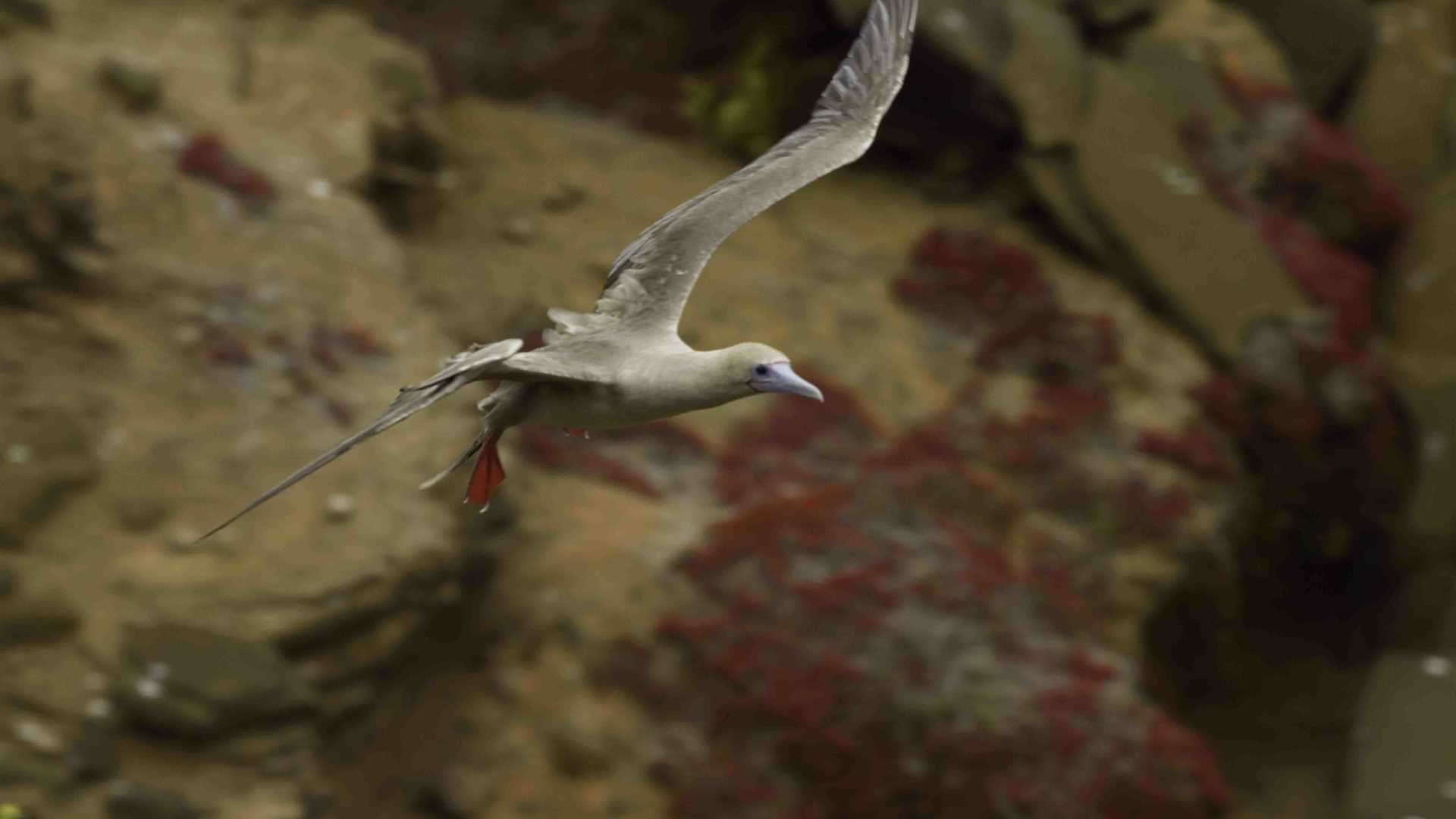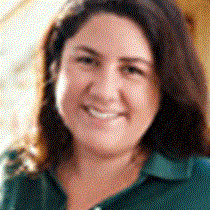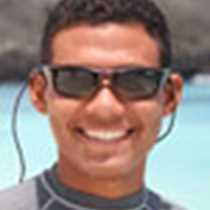We have arrived to one of the oldest islands in the Galapagos archipelago. Its geology is as impressive as its wildlife. For the first time this week, we get to see the three species of boobies together: the blue footed, the red footed, and the endemic Nazca boobies.
We have learned about tuff formations, not only from our natural history staff, but also from one of our on board National Geographic Explorers, Beverly Goodman. She has joined us for two weeks, and during the hikes, she has added important observations about the coastal geology of these islands. She is a geo-archeologist, who looks for evidence of tsunamis and sea level changes along the trails and coastlines. Once on board, Beverly has given several presentations and has shown us, through the microscope, the different kinds of sands of the Galapagos.
Francisco Rubianes and Laia Munoz, scientists from the Galapagos Research Center and Universidad de la Peninsula de Santa Elena, have been doing their own research while on board, always in the company of Park Ranger Carlos Vera. They are searching for tuna sightings, to learn more about their migration patterns and their behaviors. Francisco and Laia have also been collecting trash along the coast. Mostly the trash’s origins are unknown, but recently they found a plastic box from Panama, and during Recap, they reminded us about the importance of minimizing the use of plastic. Their presentations added to our overall experience.
Every time we have anchored, Brendan Tawal, from University of Florida, has come to the stern to collect water samples with a Nisking bottle. The goal is to do Environmental DNA, the first time this has ever been done in the Galapagos Islands. His project is in collaboration with the Galapagos Research Center from San Francisco University. Diana Pazmino, his counterpart in Ecuador, explains about the importance of this new technique. We can learn about species without capturing them, just by analyzing the DNA found in the water column. It is a tool that still needs research, to standardize protocols, but it’s a very promising one. It is less expensive than taking actual samples from individuals, where you can interfere with their health and behavior.
I have very much enjoyed sharing this week with the interesting guests and researchers we have had on board. So many talented people concentrated on one single ship, in one single week, as we explore a unique part of the world together. I feel optimistic for the future of the Galapagos and the world, and proud of a company that offers this opportunity to young scientists and to our guests as well. It has been a privilege.









